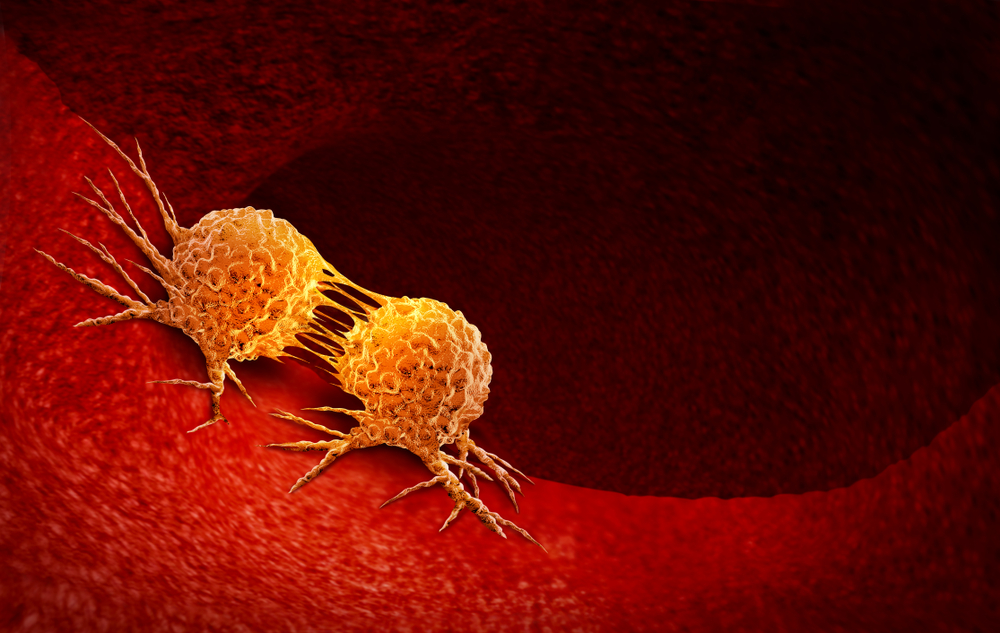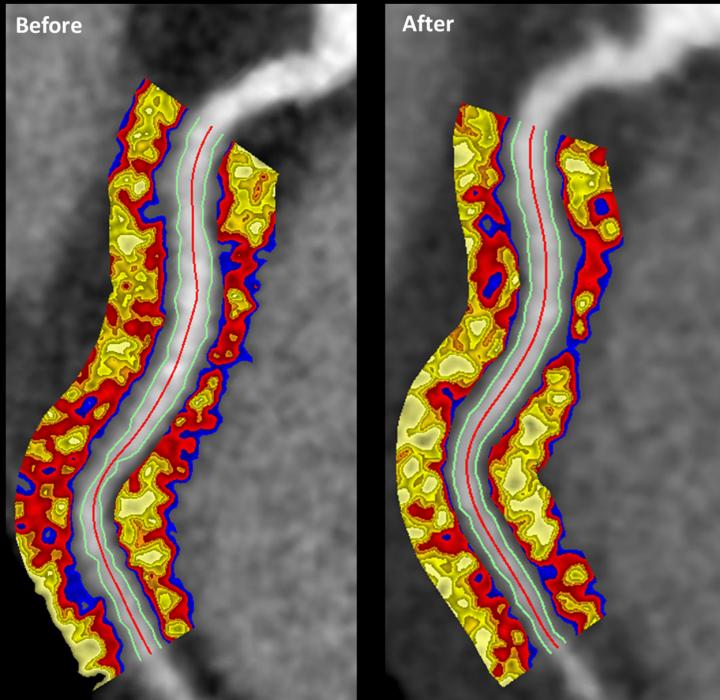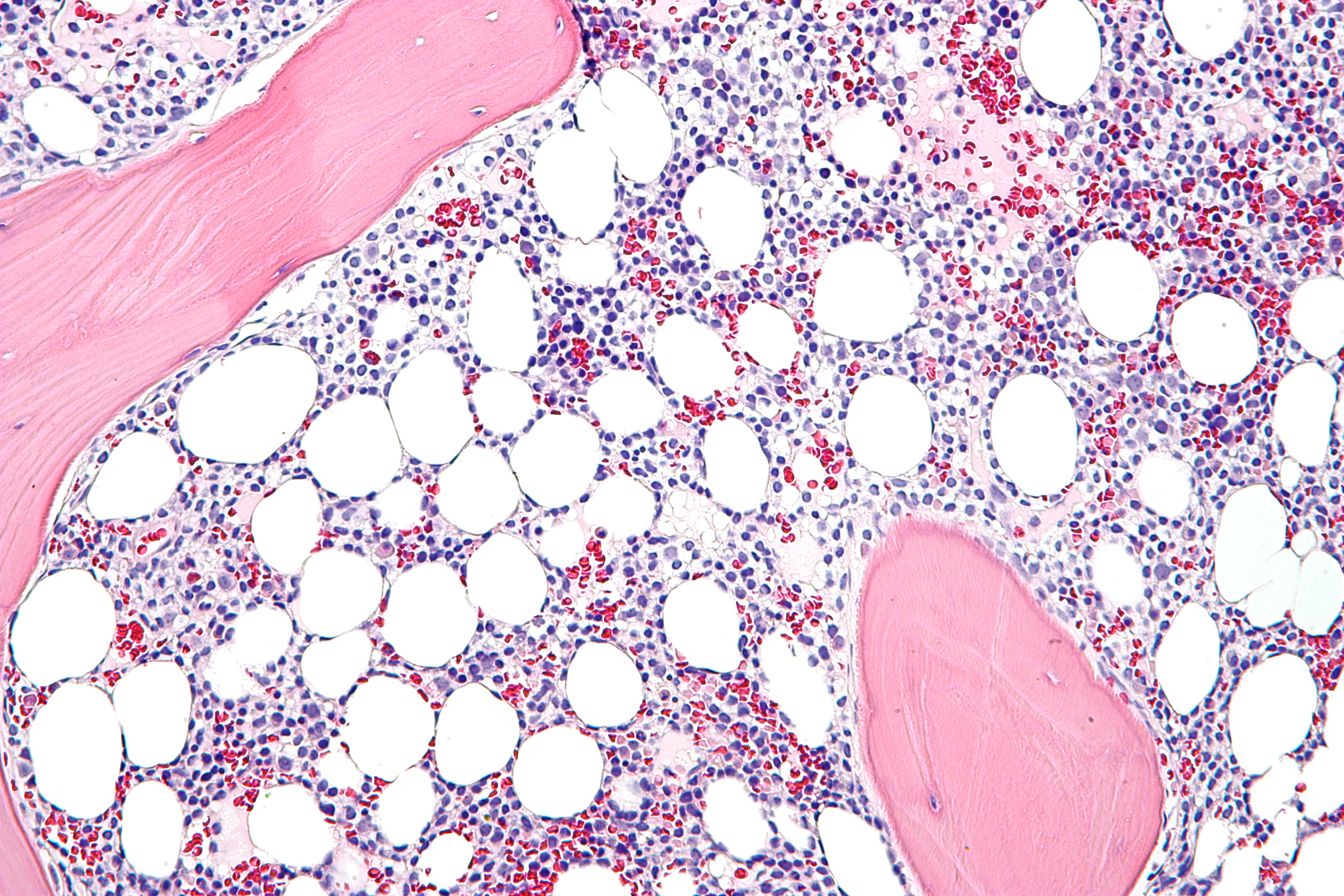The winners of the 2019 Nobel Prize in Physiology or Medicine have been announced: the award is shared by three researchers for their seminal discoveries on how cells sense and adapt to oxygen availability. The prize is shared by William Kaelin Jr. from Harvard Medical School, Gregg Semenza from Johns Hopkins University and Sir Peter Ratcliffe from the University of Oxford.
When the human body enters a state of hypoxia or low oxygen levels, several adaptive physiological mechanisms kick in. One of these is an increased level of the hormone erythropoietin (EPO) followed by an increase in the production of red blood cells (erythropoiesis). The sum of the scientists’ research helped solve an age-old mystery: what role does oxygen play in erythropoiesis?
BREAKING NEWS:
The 2019 #NobelPrize in Physiology or Medicine has been awarded jointly to William G. Kaelin Jr, Sir Peter J. Ratcliffe and Gregg L. Semenza “for their discoveries of how cells sense and adapt to oxygen availability.” pic.twitter.com/6m2LJclOoL— The Nobel Prize (@NobelPrize) October 7, 2019
Semenza’s work led to the discovery that the regulation of the EPO gene is oxygen-dependent, and he later identified the hypoxia-inducible factor (HIF), the protein complex responsible for binding to the DNA segment that mediates the response to hypoxia. Both Semenza and Ratcliffe published work that showed the ubiquity of this oxygen sensing mechanism in many human tissues, not just in the liver where red blood cells are made.
Still unknown to the researchers was how a ubiquitin protein tag prevented a component of the HIF complex from degrading during hypoxia. Kaelin, a rare disease researcher, found that mutations of a gene known as von Hippel-Lindau (VHL) increased the risk of certain cancers, and those cancer cells expressed high levels of hypoxia-regulated genes. Ratcliffe showed that the VHL protein physically interacted with the HIF complex, helping to degrade a particular DNA-binding protein under normal oxygen levels. Kaelin and Ratcliffe both elucidated the role of oxygen levels in regulating the interaction between VHL and the HIF complex.
Altogether, this research improves our understanding of metabolism and immune function, as well as other processes that are dependent on oxygen levels. Moreover, it can inform the treatment of many diseases including anemia, cancer, stroke, wound healing and ischemic heart disease. Pharmaceutical companies are capitalizing on these findings — Merck and AstraZeneca are each investing into HIF inhibitor-based therapeutics.
This isn’t the first Nobel Prize awarded for oxygen-related research, and it probably won’t be the last. Previous prizes have been awarded to Otto Warburg (1931) for discovering the enzymatic process that drives energy conversion in mitochondria and Corneille Heymans (1938) for establishing the link between respiratory rate control and the carotid body.
These important discoveries illuminate not only new opportunities for drug discovery and disease prevention, but for further understanding the remarkable physiological mechanisms that help keep humans alive.












Join or login to leave a comment
JOIN LOGIN